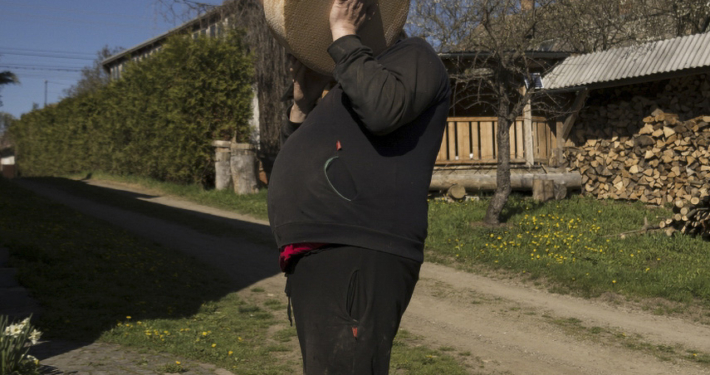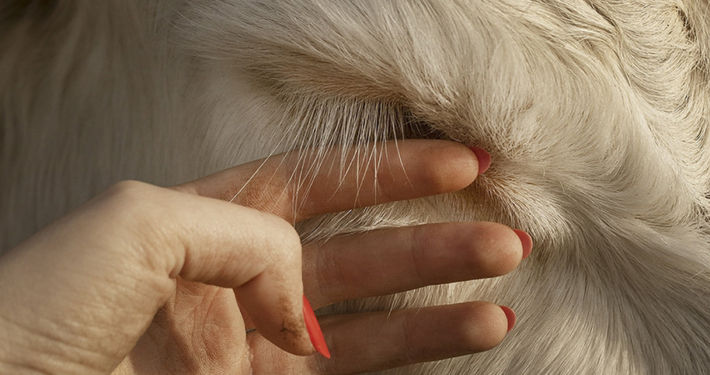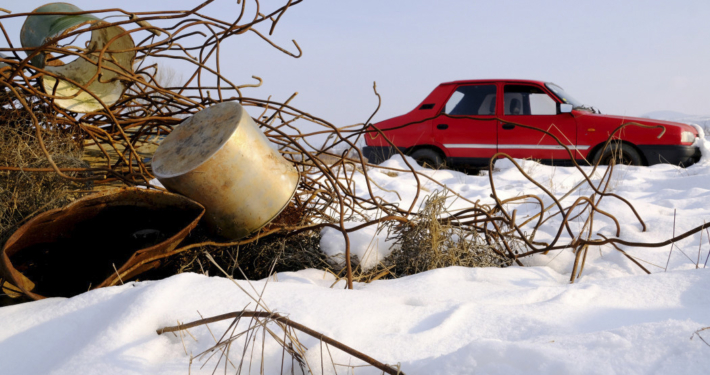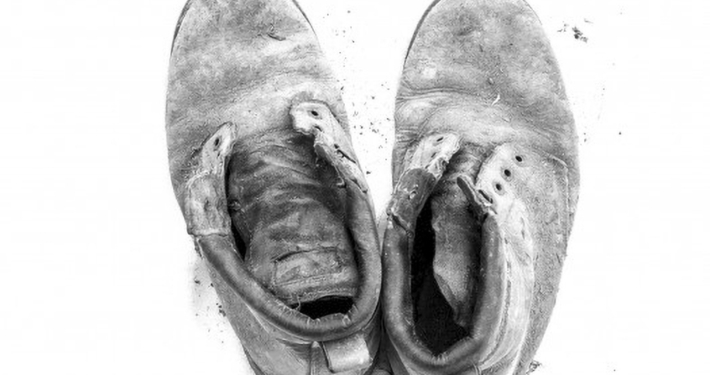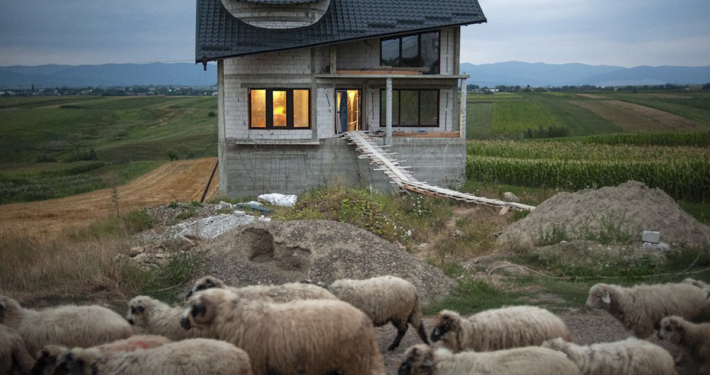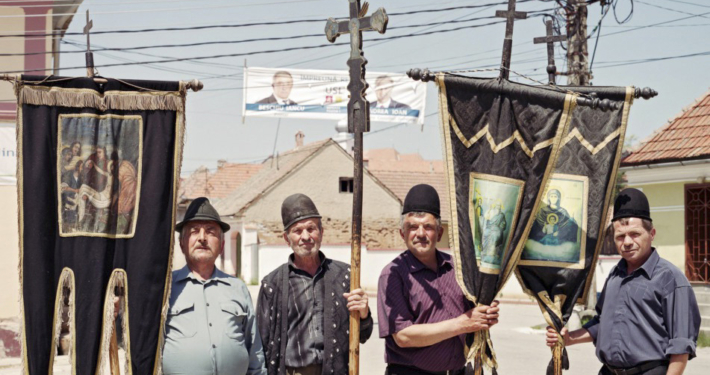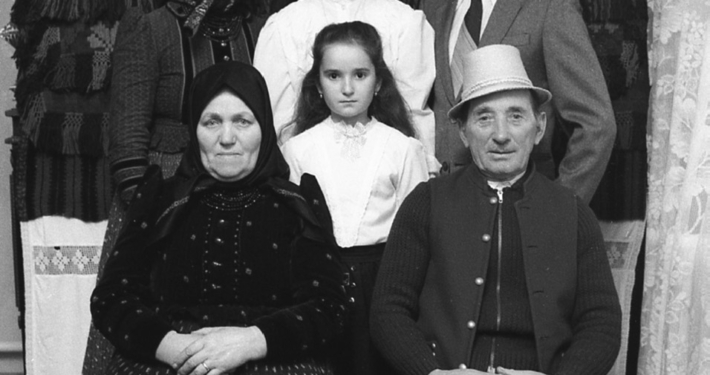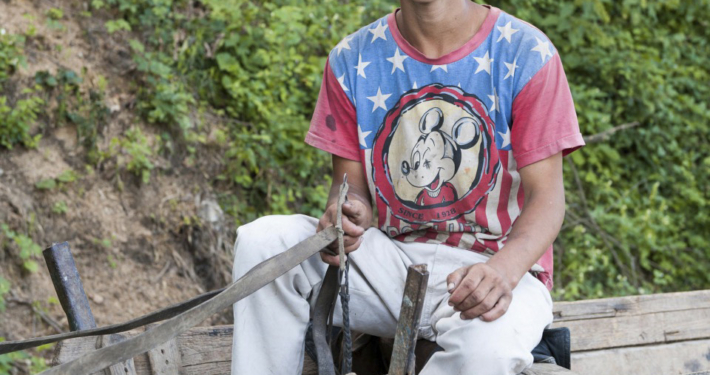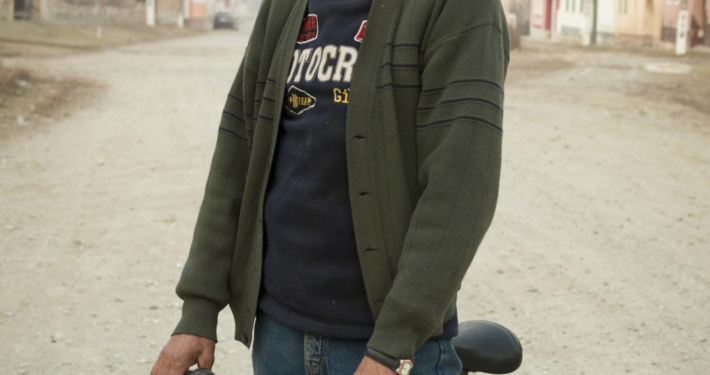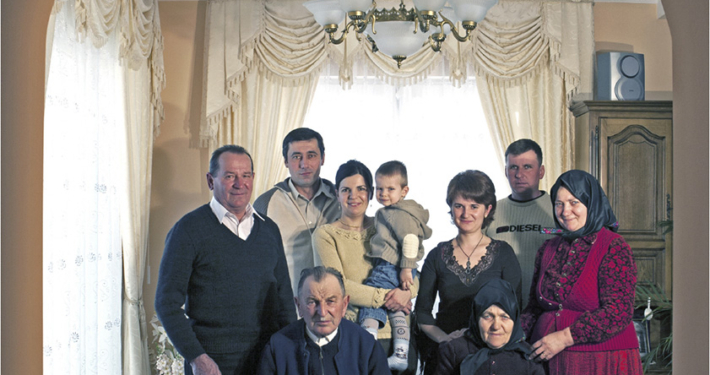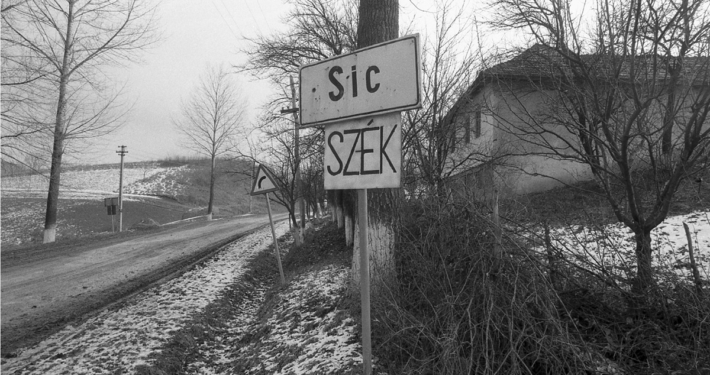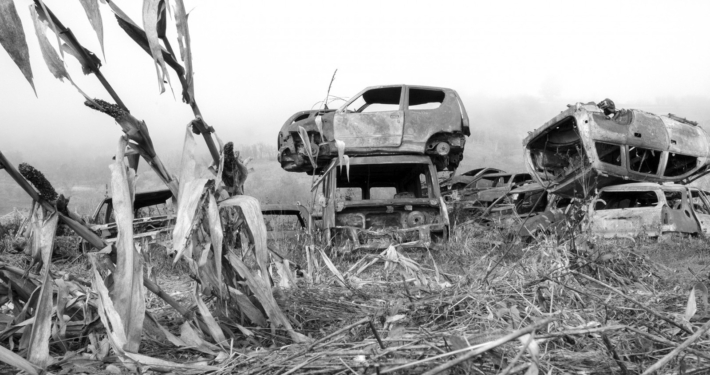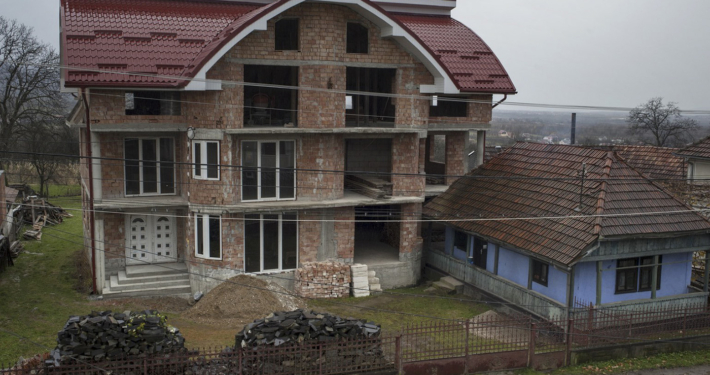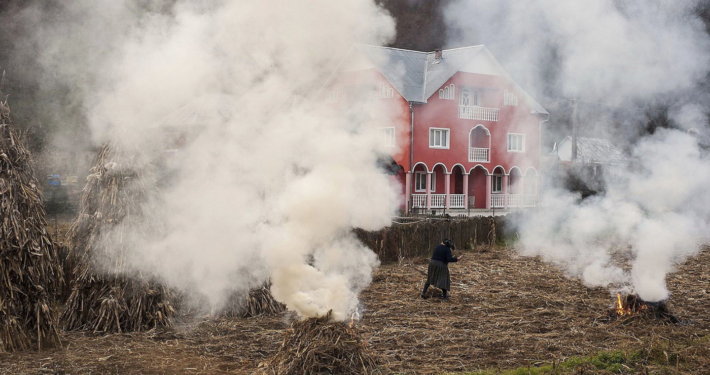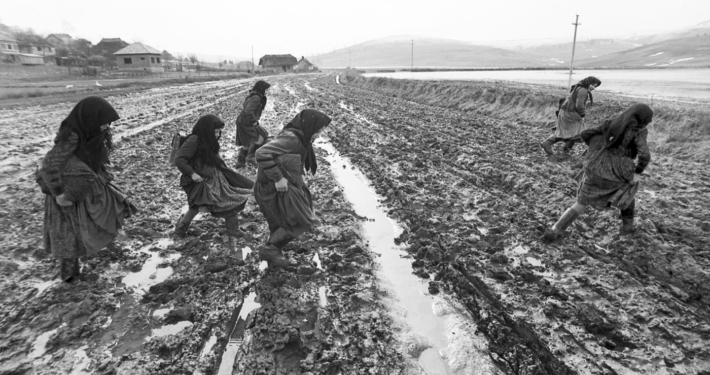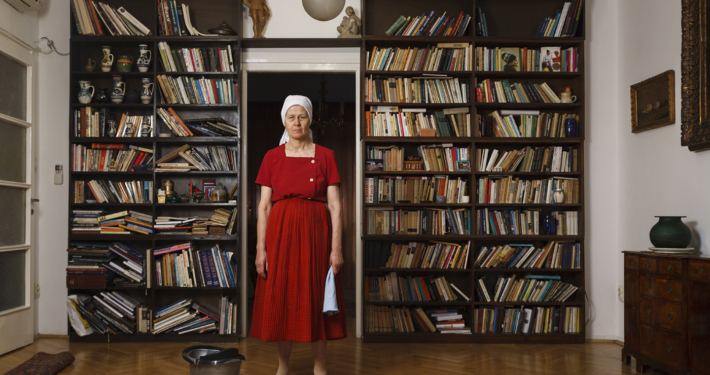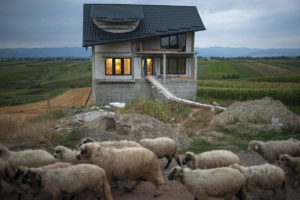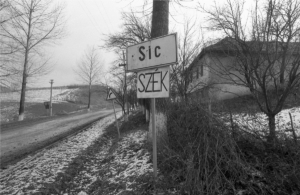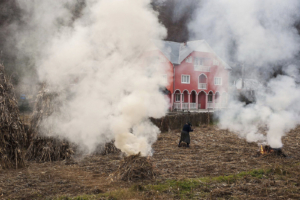The Photographic Representation of the Countryside
In Romanian Contemporary Photography
Introduction
I often find rural life caught between two contrasting narratives: the romanticized ideal of picturesque villages and the bleak portrayal of poverty and stagnation. In my research, I challenge these perceptions by exploring the transformation of the Romanian countryside through contemporary photography. My study critically engages with visual representations of rural life, questioning how photography shapes public understanding of these landscapes and communities.
Structured in multiple sections, this study first provides a historical and theoretical overview of rural Romania, highlighting the socio-economic shifts that have redefined village life since the 1990s. The second part examines photographic projects by key Romanian visual artists, revealing how their works document, interpret, and sometimes mythologize these changes.
Theoretical Framework and Historical Background
The representation of rural areas in visual culture has long been shaped by nostalgia, exoticism, and socio-political narratives. In the Romanian context, villages have been portrayed both as bastions of cultural authenticity and as symbols of backwardness. These dichotomies persist in contemporary visual culture and photography.
The study outlines how significant socio-political transformations since the 1990s have redefined rural life. The fall of communism led to the privatization of land and the dissolution of collective farming, resulting in economic instability. Subsequent migration trends, especially after Romania’s accession to the EU in 2007, have further altered village demographics and landscapes. These historical changes set the stage for understanding contemporary photographic representations of rural life.
Documentary Photography and Visual Storytelling
Photography has played a pivotal role in shaping narratives about rural Romania. Documenting change, preserving tradition, and critiquing socio-political structures, contemporary photographers offer multiple perspectives on the rural transformation.
One of the pivotal figures in this exploration is Péter Korniss, whose lifelong project The Long Road – Sic 1967-2022 chronicles the evolution of a Transylvanian village over more than fifty years. Korniss captures the gradual shift from traditional customs to modern influences, illustrating how industrialization, migration, and globalization have left their mark on rural identity. His work moves from classic documentary photography to staged compositions, reflecting both historical continuity and contemporary ruptures.
Migration, Economy, and Rural Identity
Migration is one of the most defining phenomena of post-communist rural Romania. Large-scale labor migration has led to economic prosperity but has also left many villages nearly deserted.
Petruț Călinescu’s Pride and Concrete (2010-2015) highlights the impact of labor migration on rural communities. His work exposes the paradox of empty, unfinished mansions funded by remittances, standing in stark contrast to the modest homes of elderly residents left behind. The imagery questions the sustainability of these socio-economic changes and their long-term effects on community cohesion. His stark compositions of modern, often unfinished homes stand as symbols of both economic aspiration and social fragmentation.
Similarly, Emőke Kerekes’ My Land (ongoing) explores the shifting relationship between rural inhabitants and agriculture. Her work juxtaposes traditional farming practices with contemporary land use, questioning the disappearance of generational knowledge and the mechanization of agricultural labor. The images document the depopulated countryside, highlighting the tensions between progress and loss.
The Nostalgic and Symbolic Interpretation of Rural Life
Photography often carries an inherent nostalgia, seeking to preserve an idealized vision of the past. **Anna Szász-Bányász’s The Future is Not the Same (2021-2022) takes a personal approach, using nostalgia to document the everyday lives of rural inhabitants. Her warm, earthy tones and intimate compositions reflect a longing for continuity amid inevitable change.
Her work attempts to deconstruct rural stereotypes, focusing on the co-existence of modernity and tradition. Through her compositions, she captures the emotional and psychological connection people have with their homes and land, reinforcing a sense of belonging even as rural landscapes transform.
Portraits of Rural Communities
In contrast to the landscape-focused approaches, Horațiu Sava’s Rural Portraits in Transylvania (2008-2012) brings a human-centric perspective, capturing villagers in their environments. His portraits emphasize the resilience and diversity of rural identities, moving beyond clichés to depict individuals as active participants in their evolving communities.
His series showcases a broad range of social actors—elderly residents who remain, young people contemplating migration, and families caught between modernity and tradition. The direct, unsentimental portrayal of his subjects challenges preconceived notions about the homogeneity of rural life.
Conclusion: Reimagining the Countryside
Through a diverse body of photographic work, I argue that the representation of the countryside in contemporary Romanian photography is neither static nor uniform. Instead, it is a dynamic field where visual narratives challenge, redefine, and preserve rural heritage from my perspective.
The overarching theme in these works is the interplay between past and present, tradition and modernity. These photographers provide a crucial visual dialogue on the transformation of Romanian villages, serving as both a record of change and a medium for critical reflection. By bridging past and present, these photographic narratives ensure that rural Romania remains a vital part of the country’s cultural discourse, rather than a mere relic of the past.
– by Hunor Tóth

